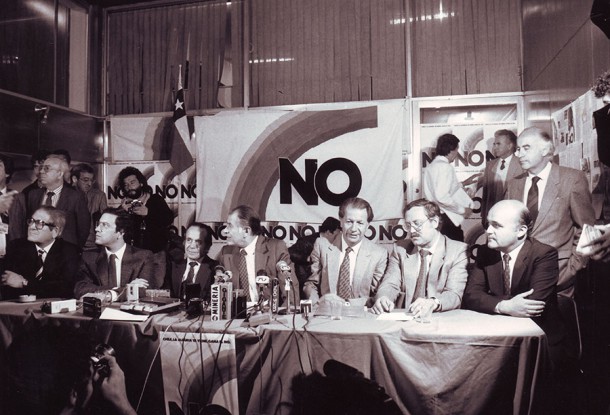Remarkably, it has been overlooked in the commemoration of half a century since the unfortunate destruction of our democracy that not only was a 17-year terrorist dictatorship installed, but also that its long-term design has been fully successful to this day. Indeed, it is forgotten that the extremely neo-liberal model of a society violently imposed by the dictatorship was then legitimised, consolidated and deepened peacefully in the “30 years”. A model that concentrates wealth in large economic groups, mainly financial, extractivist and controlling the education, health and welfare systems; supported by the state; and with popular and middle sectors atomised and without any real power.
As the prominent RN leader Andrés Allamand recalled many years ago, Pinochet provided the neoliberal right with “the unrestricted exercise of the political power necessary to materialise the transformations. More than once in the bitter cold of Chicago the hard-working students who dreamed of changing the face of Chile must have racked their brains with a single question: Will someone who makes this project his own ever win the presidency? Now they did not have that problem” (La travesía del desierto; Edit. Aguilar, 1999; p. 156).
And as the leading ideologue of the “transition”, Edgardo Boeninger, crudely acknowledged, the leadership of the Concertación de Partidos por la Democracia reached a “convergence” with the economic thinking of the right in the late 1980s, “a convergence that the opposition conglomerate was politically unable to recognise” (Democracia en Chile. Lecciones para la gobernabilidad; Edit. Andrés Bello, 1997; p. 369). This copernican and underhand ideological shift of the Concertación’s leadership allows us to understand political behaviour that we would otherwise see as self-destructive follies. In particular, the Concertación’s virtual gift to the right of the parliamentary majority that the original 1980s Constitution promised the future Aylwin government; and the policies of economic asphyxiation with which the Concertación governments exterminated from 1990 onwards the numerous centre-left print media that had emerged in the 1980s.
In fact, the first of these was done through the Constitutional Reform agreed in 1989 between Pinochet, the Concertación, and the right, in which underhandedly in one of them (there were 54 reforms) the quorums for the approval of ordinary laws were modified in such a way as to prevent the future government (of the Concertación) from being able to count on it. And the second was carried out fundamentally through silent discrimination of state advertising against the center-left print media that had emerged in the struggle against the dictatorship.
Historical denunciations (not denied) of this systematic discrimination have been made by numerous journalists, academics and editors of affected media, among them the National Journalism Prizes Juan Pablo Cárdenas, Patricia Verdugo and Faride Zerán.
With the first, the Concertación governments were empowered to plausibly argue that they did not fulfil their reform programmes because they did not have the parliamentary majorities to do so. And with the second, they ensured that public opinion would never find out about the substance of all this and that no real opposition to the Concertación governments would emerge from the centre-left. This also meant that all the key political and economic decisions of the post-dictatorship period were adopted consensually between the right and the Concertación without any major scandal, starting with the ominous and unknown constitutional agreement of 1989…










